The next MacBook Pro release should bring M5 power to Apple's flagship later in 2025. Here's what's been rumored, and what's going to take longer to arrive.
Apple last updated the MacBook Pro lineup in November 2024, introducing grades to the lineup in the form of the M4, M4 Pro, and M4 Max. With the previous M3 generation update in November 2023, it seems that Apple is fine with an annual release update for its mobile workstation.
Just like other products in the Apple catalog, there have been rumors about what could be coming to the MacBook Pro range. However, some are going to be arriving much sooner than other forecasted alterations.
Here's what the rumor mill has declared about the MacBook Pro lineup, and what you should - and shouldn't - expect from the next release.
MacBook Pro could get an early M5 upgrade
In 2023, the MacBook Pro was among the first products to get M3, alongside the iMac. However, for the M4 generation, the iPad Pro unexpectedly was the first product on the roster to use the chip generation.
It took another six months before any Mac models gained M4, and the MacBook Pro was among the group.
For the M5 series of Apple Silicon, it seems there's a good chance that Apple will return to making sure Macs get an early upgrade in the generation, instead of it being an iPad Pro-only feature for a prolonged period of time.
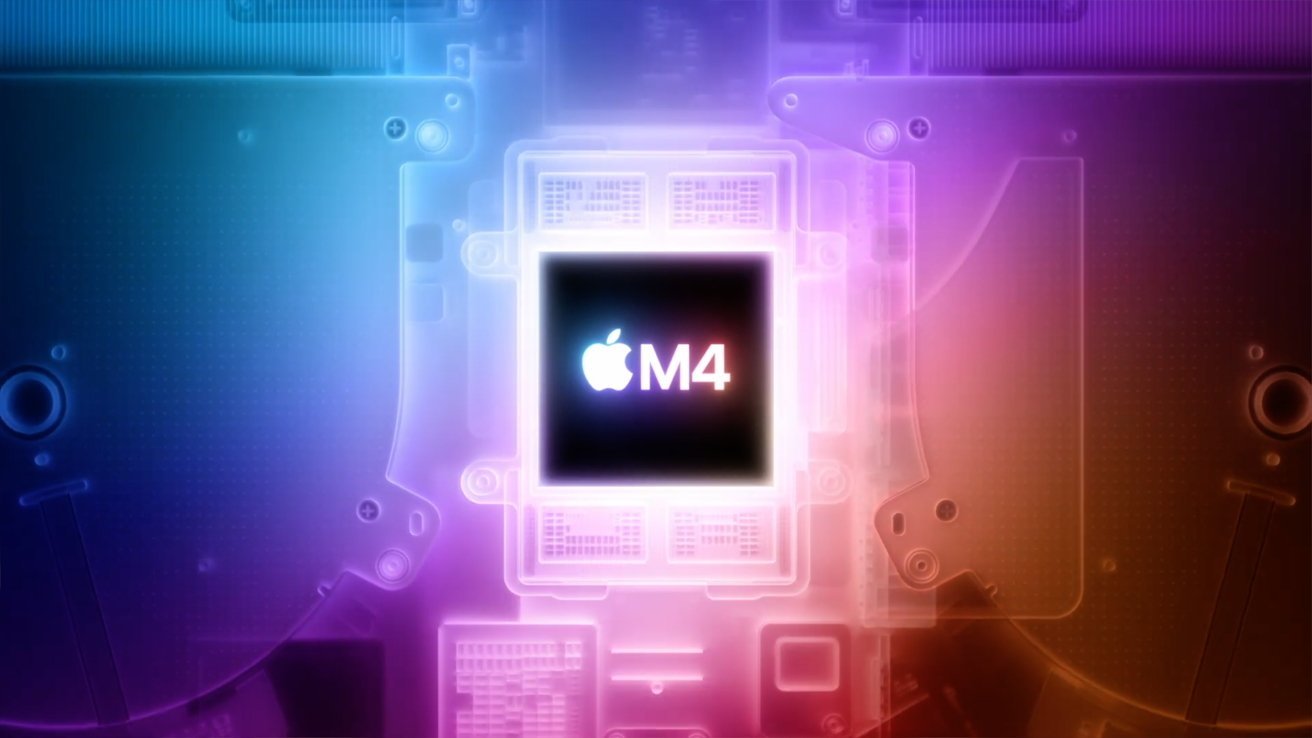 iPad Pro got M4 before the Mac lineup, but that could reverse for M5. iPad Pro got M4 before the Mac lineup, but that could reverse for M5.
iPad Pro got M4 before the Mac lineup, but that could reverse for M5. iPad Pro got M4 before the Mac lineup, but that could reverse for M5. According to a February report from Bloomberg, Apple will start releasing Macs using M5 chips in the fall of 2025. This claim seems to check out, bearing in mind the last two generations arrived in that timeframe.
More importantly for Mac users who felt stiffed by the iPad Pro getting the M5 first, Mark Gurman adds that the iPad Pro with M5 is expected to land sometime in late 2025 or early 2026. This means we could see the new MacBook Pro with M5 at around the same time as the iPad Pro update, or potentially without an M5 iPad Pro until months later.
This is the only real notable claim that has been made about the specifications of the 2025 MacBook Pro refresh so far. Other specifications for that particular model have yet to be discussed, with the very likely possibility that it ends up being a spec-bump update.
A spec-bump upgrade is when Apple makes internal changes to a product, without making any real external alterations. That means you can probably expect the M5 14-inch MacBook Pro and 16-inch MacBook Pro to look pretty similar to the existing M4 generation externally.
MacBook Pro could get modems one day
While rumors about the next load of MacBook Pro updates are few and far between, there are more claims concerning generations that are further in the future. One of those pertains to a feature that has yet to actually arrive on MacBook Pro.
Apple has been working on its own design of modem for quite some time, which finally arrived in the iPhone 16e. The C1 modem, the first of its kind from Apple's engineers, replaced the Qualcomm modem in the entry-level smartphone.
An Apple modem has promise of interesting capabilities, such as communicating directly with a processor that there is network congestion to aid on data prioritization. Tight integration and the possibility of battery life improvements are also on the cards for Apple's future modem plans.
While cellular Mac models have been a dream for consumers over the years, the introduction of an Apple-developed modem opens the door to the MacBook Pro gaining one at some point. It makes sense, especially since it would save MacBook Pro users from having to tether to an iPhone for a connection.
This modern possibility has been floated a few times, including a report in December claiming Apple was considering the possibility of a cellular portable Mac. At the time, it was expected that such a product wouldn't arrive before 2026.
The sentiment was echoed in another report in February, which offered the possibility of Apple's modem being incorporated into A-series and M-series chips at some point.
However, the C1 still needs to prove Apple's modem initiative is the right way forward for the company, before it can become a configuration option for a MacBook Pro.
MacBook Pro with OLED still a long way off
Another still-distant but much-anticipated upgrade is a change to an OLED display.
The current miniLED backlighting system in the MacBook Pro offers great brightness, bordering on OLED levels. But, switching to OLED would provide benefits like an overall thinner display panel due to the use of self-illuminating pixels.
However, it's a rumor that has bounced around for so long that earlier rumors that predicted launches have since been proven wrong with time. Such as in January 2023 when typically accurate analyst Ming-Chi Kuo insisted that an OLED MacBook would be out by the "end of 2024 at the earliest."
Back in July 2023, it was claimed that Samsung would be predicted as the producer of OLED displays for the MacBook Pro. Production was slated to start anywhere between mid-2025 to mid-2026, with the likely release of an OLED MacBook Pro due in 2027.
By April that same year, the predictions were for OLED MacBook Pro models in 2026. Samsung Display was again speculated to be the main producer, investing $3.1 billion into an OLED display panel plant for the task.
The following year, reports continued to disagree about the release date. In February 2024, The Elec said that an OLED MacBook Pro wouldn't be expected before 2027, with Samsung using the same eight-generation OLED technology with other suppliers over concerns of declining Mac sales back in 2023.
Just a few months later in May, analysts at Omdia insisted that an OLED MacBook Pro would turn up in 2026. It was also speculated to spark a "significant surge in OELD demand within the notebook market."
At the start of 2025 in January, The Elec tried again with its OLED reporting. This time, it said that a MacBook Pro would use a Hybrid OLED panel in 2026, an acceleration of timescale compared to its previous 2027 reports.
The publication then reiterated its 2026 timescale in February, with the MacBook Pro the first mobile Mac to get the technology. At the same time, the prospects of an OLED MacBook Air were dampened, with it apparently pushed back to 2029.
The 2026 release claims seem plausible, in part because Apple could feasibly add OLED to the MacBook Pro and easily justify its inclusion at any time. That, and the earlier claims of a product line refresh in the same year help its cause.
There's no guarantee that any of the reports are correct at all about OLED. But, when it arrives, Apple will make one heck of a song and dance about it.
 Malcolm Owen
Malcolm Owen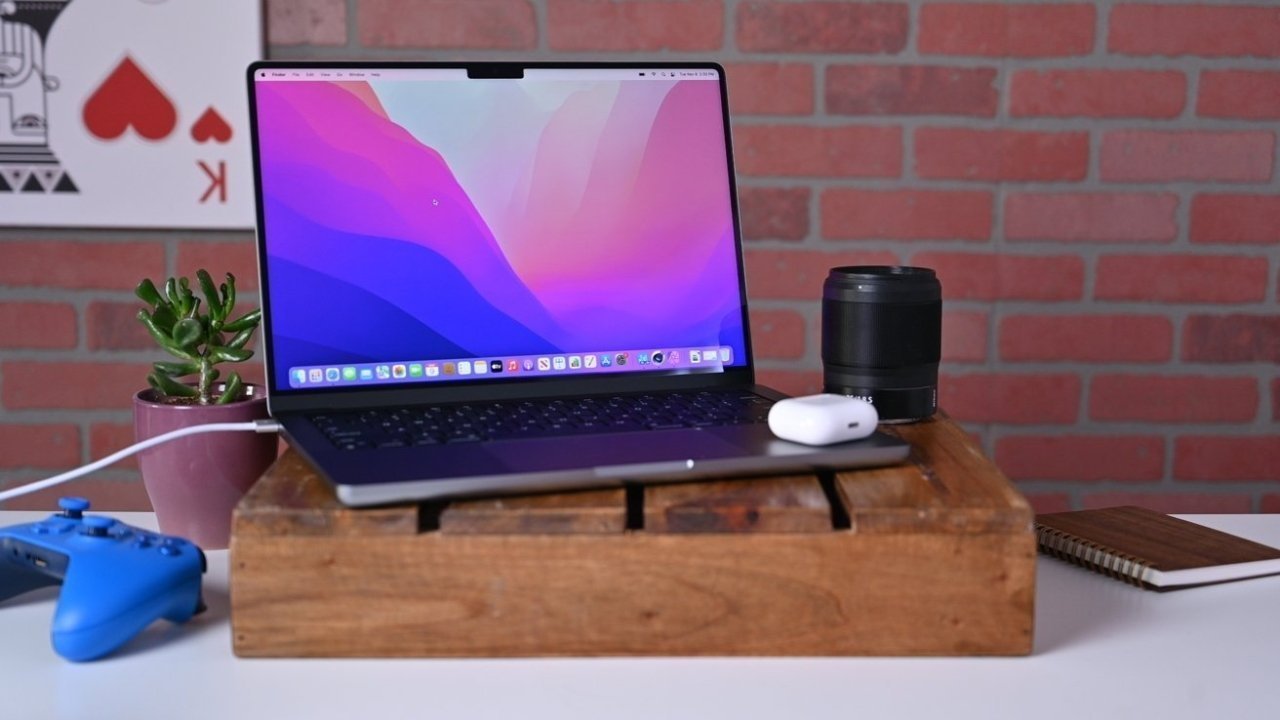
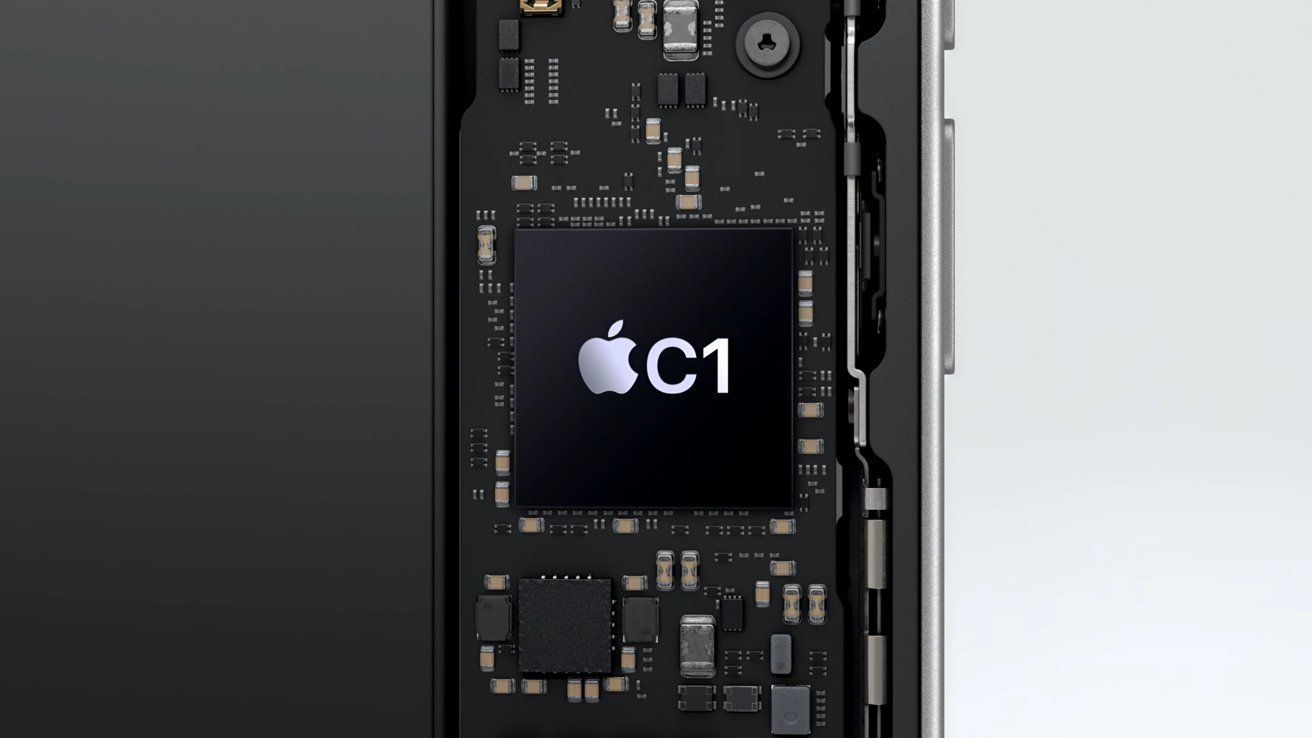
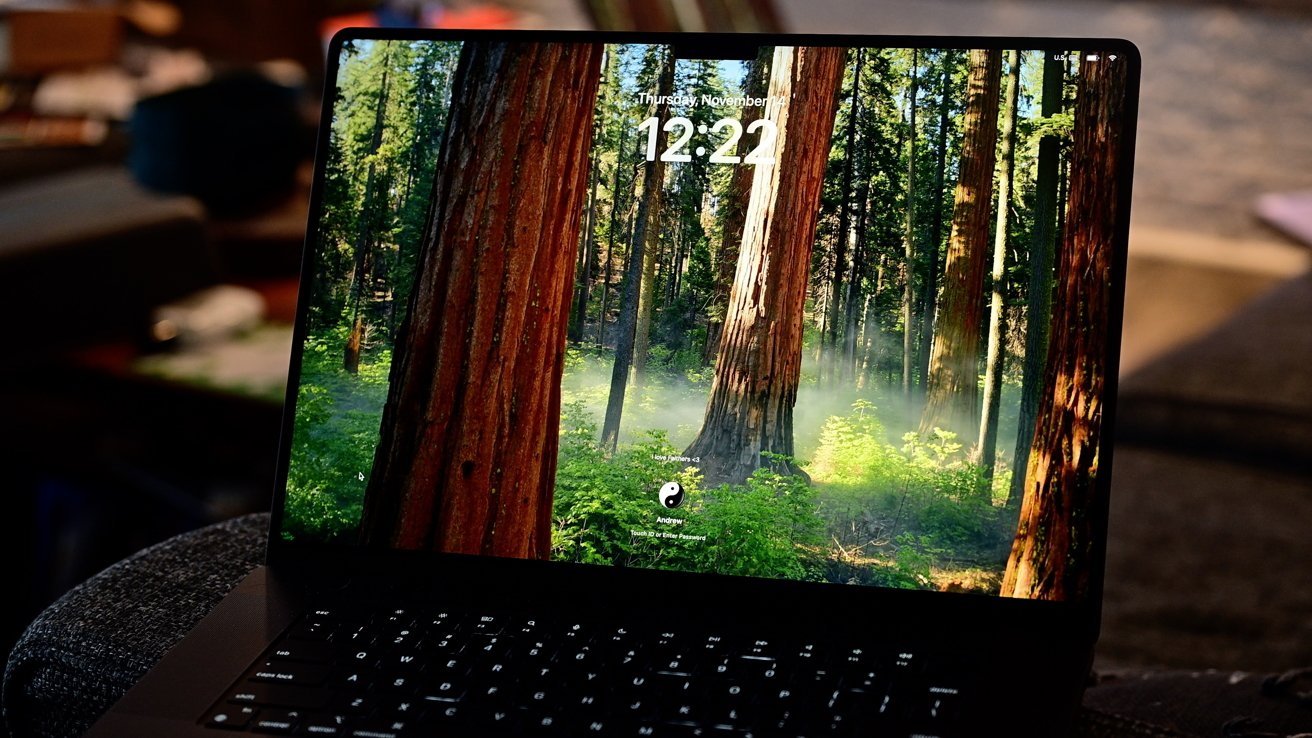

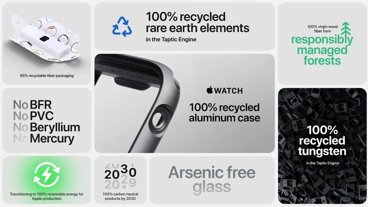
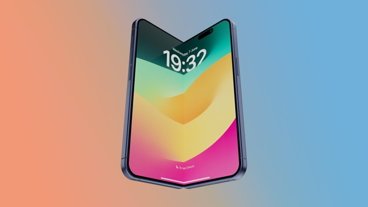



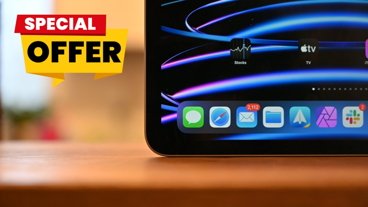
-m.jpg)

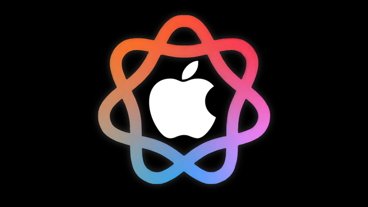
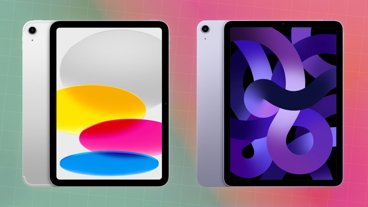
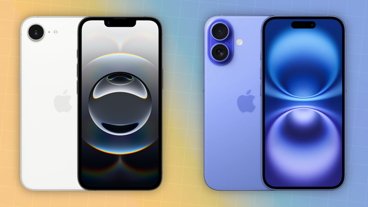
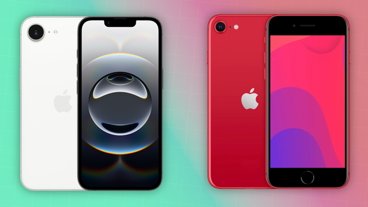

 Marko Zivkovic
Marko Zivkovic
 Amber Neely
Amber Neely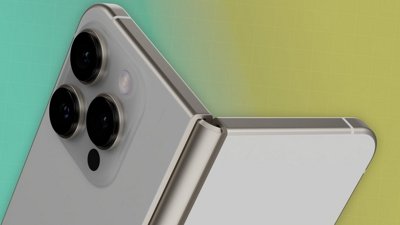



 Christine McKee
Christine McKee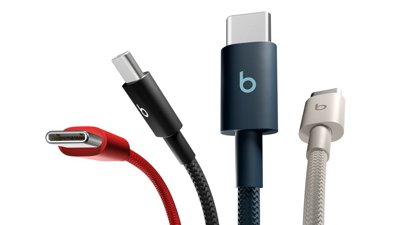
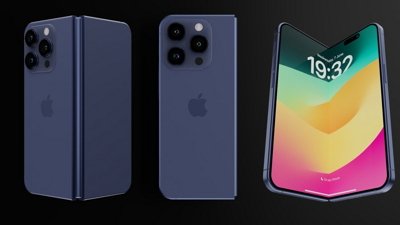


-m.jpg)

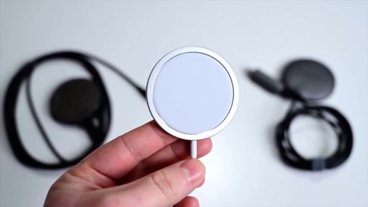




7 Comments
M5 will still be 3nm I believe.
The M5 will have Dr Daystrom's engrams grafted onto it.
For the M5 SoC generation of Apple products, I'm looking for: